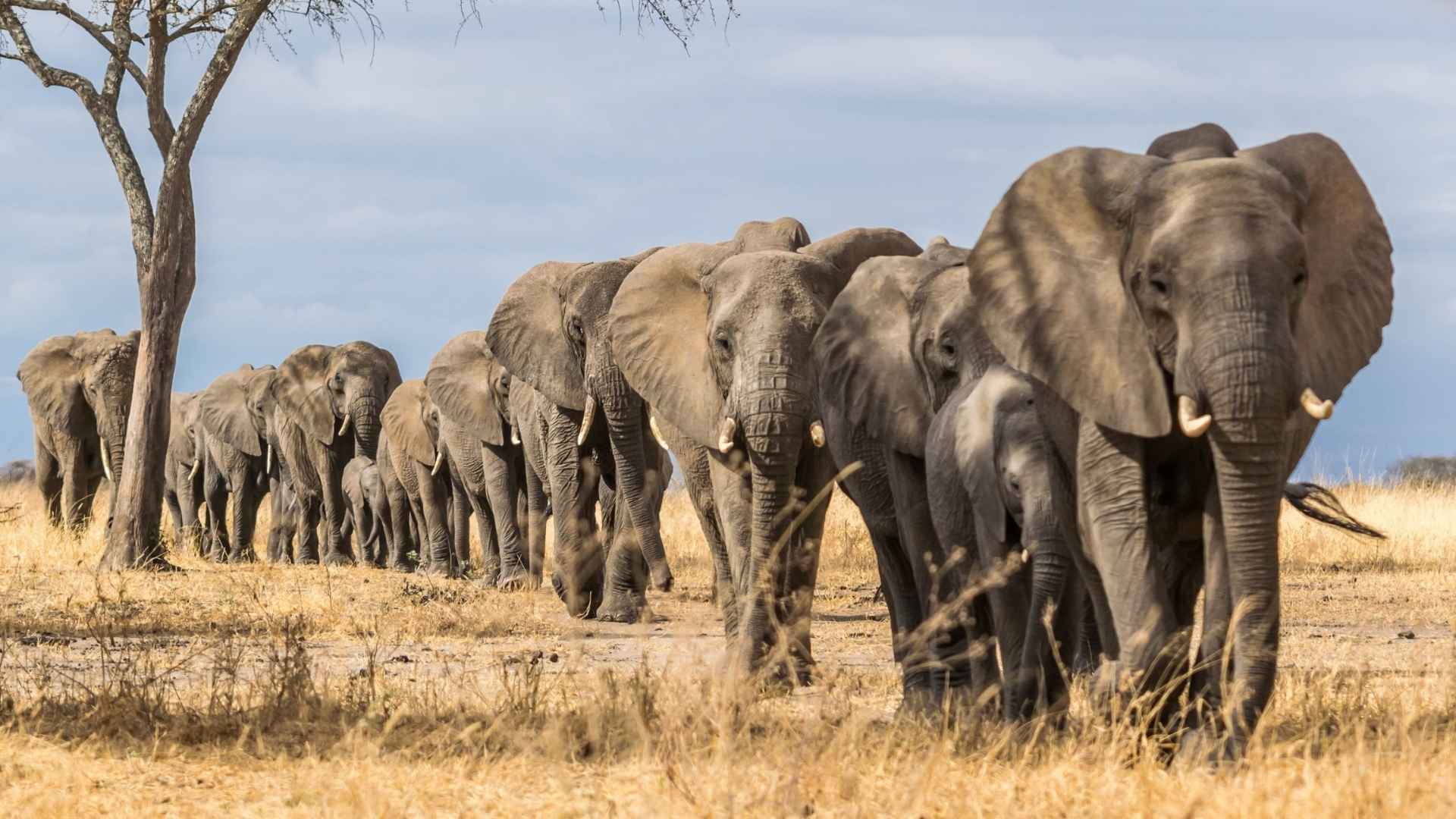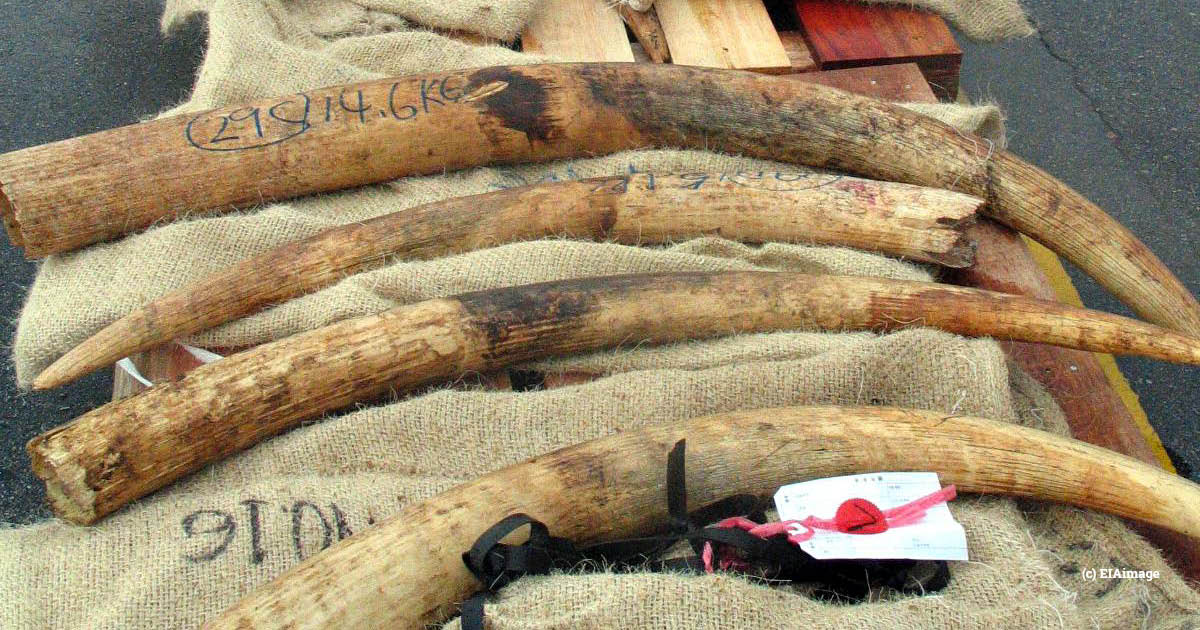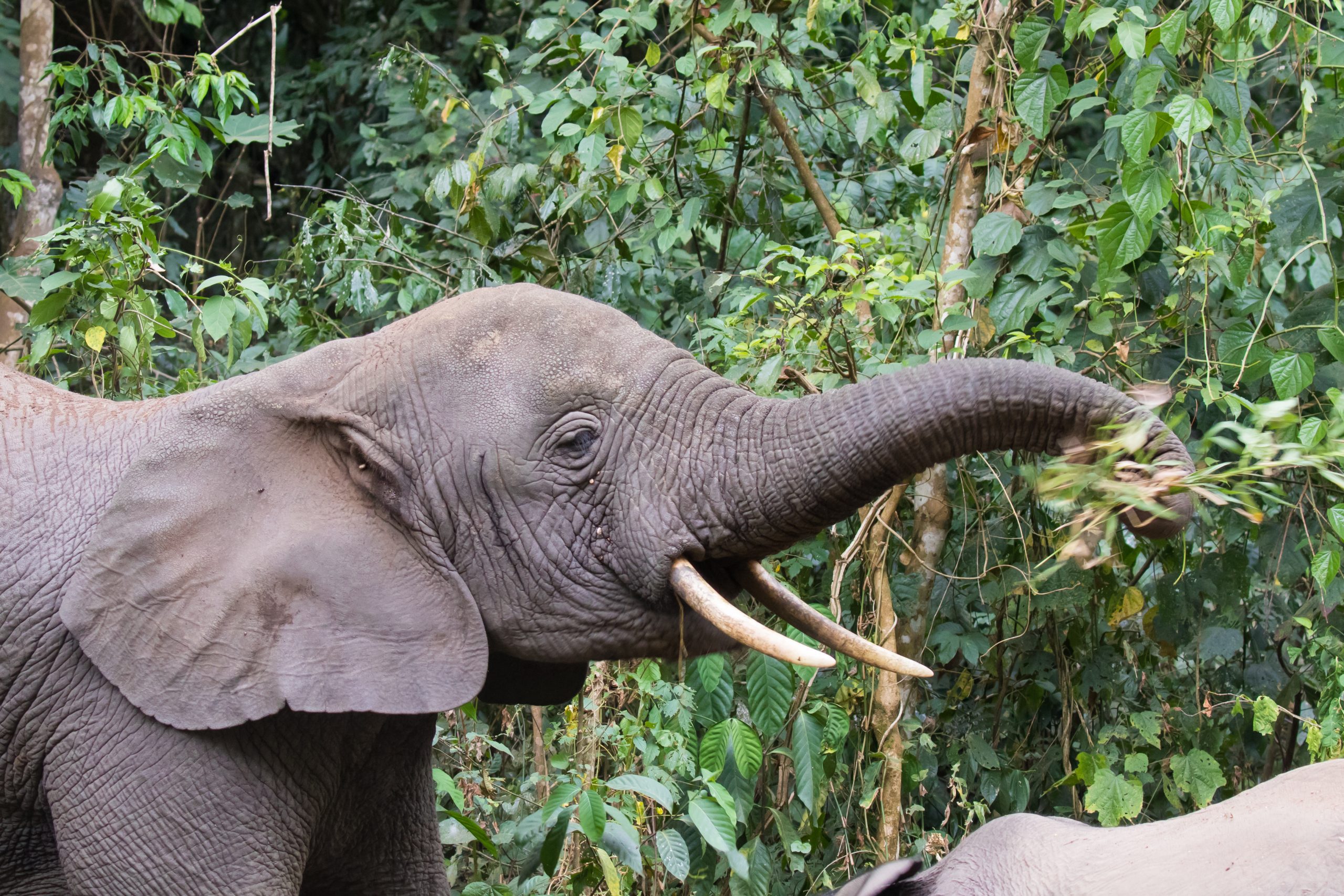Consensus on ivory trade at the forthcoming CITES CoP20 summit unlikely due to competing interests



African elephant populations across the continent have experienced an alarming decline in the past 50 years, as highlighted in a paper published in November 2024.
African forest elephants have been impacted even more severely than their savanna cousins, with some regions reporting declines exceeding 90 per cent.
This stark reduction raises urgent concerns about the survival of these species, driven by factors such as human-elephant conflict, habitat fragmentation and destruction as well as poaching for ivory.
In an article discussing the paper, the authors set out three key recommendations to reverse the downward trends, one of which is to tackle ivory poaching and reduce demand for illegal wildlife products and the economic pressures that drive the wildlife trade. The authors also conclude that prioritising investment in the protection of those population strongholds that are stable or increasing is vital because of their importance for the long-term viability and survival of the species across the continent.
Having been at the forefront of combatting the ivory trade for more than 40 years, EIA has consistently emphasised the pressing need to address the key drivers of illegal trade – poor governance and high corruption, weak enforcement and the commodification of ivory, such as legal domestic ivory markets.
This evidence-based approach will go a long way to securing long-term, multi-sectoral solutions and systemic changes necessary to protect elephant populations.

From 24 November to 5 December 2025, CITES parties and observer organisations will meet in Samarkand, Uzbekistan for the 20th Conference of the Parties (CoP20). As with all CITES CoPs that came before, elephants and ivory trade are expected to take centre stage.
Key elephant agenda items will be discussed, such as proposals to resume international commercial ivory trade, the management of existing stockpiles and continued efforts to secure the closure of the few remaining legal domestic ivory markets. Such topics are also likely to be discussed in regional and national-level preparatory discussions for CoP20.
A significant divide already exists between African countries on these issues. The West and Central African countries, home to the majority of African forest elephant populations, are largely opposed to trade and have previously advocated for all African elephant populations to be uplisted to CITES Appendix I to receive increased protection against trade, including Burkina Faso’s unsuccessful uplisting proposal at CoP19 in 2022. Most have also closed their legal domestic ivory markets following the 2015 Cotonou Declaration of the African Elephant Coalition representing 22 African elephant range states.
On the other hand, the Southern African Development Community (SADC) countries advocate for the resumption of commercial international ivory trade on the grounds that legalised trade could offer substantial sustainable economic support for conservation initiatives and local communities and would not pose a threat to their stable or increasing CITES Appendix II-listed African savanna elephant populations.
However, the pro-trade argument ignores the fact that countries which have historically consumed ivory have invested significant resources into law enforcement and behaviour change campaigns that have reduced ivory demand and closed domestic markets.
It also disregards the risk that reopening international trade could fuel poaching and endanger less secure elephant populations across Africa. Furthermore, no CITES party has indicated a willingness to buy ivory, weakening the pro-trade position which relies on the assumption that a market for legally traded ivory will exist.

Ivory seized in Hong Kong
South Africa serves as a notable example of the ongoing discord. During the past few years, the policy landscape over the use of endangered species in South Africa has shifted. The country has developed various policies promoting the consumptive commercial use of wildlife, including elephant ivory and rhino horn, in line with key SADC strategies, such as its Wildlife Economy Strategy.
Last year, the draft South African National Biodiversity Economy Strategy was released, setting out an alarming proposal – in direct conflict with CITES Resolutions – to not only expand the existing South African domestic ivory market, but to establish a domestic market for rhino horn products, going so far as to suggest such products can be used by “health clinics to administer traditional remedies using rhino horn for health tourists from the Far East, or ivory carving being done locally for local sale and export for personal use”.
The recently released South African National Elephant Heritage Strategy also aligns with these broader Biodiversity Economy Strategy goals, seeking to create local economies based on the commercial use of elephants.
EIA has submitted detailed comments in each of the public consultations for these documents to once again highlight that such policies inadvertently stimulate demand for ivory (and rhino horn) by promoting trade in endangered species, complicating enforcement action against illegal trade and contributing to increased poaching of populations across the continent already threatened by various pressures.
Such trade-friendly policies, plus weak action against corruption and poor law enforcement, are major reasons why illegal ivory trade and poaching keep happening.
Addressing the illegal ivory trade effectively requires not just restricting trade but also bolstering enforcement measures, fostering international cooperation and committing to behaviour-change initiatives aimed at reducing demand for ivory – including destroying existing stockpiles, closing domestic ivory markets and, most importantly, efforts to change the attitude of seeing endangered elephants as commodities and tradable resources.

Ivory on legal sale in Japan (c) EIA
The vast majority of countries, including most Asian and African elephant range states, acknowledge the connection between legal domestic ivory markets and the global illegal trade, namely that legal trade stimulates demand and create conditions for the laundering of illicit ivory into the market.
Legal markets present significant enforcement and resource challenges to governments, including the need to better secure existing stockpiles against leakages and thefts and the implementation of secure traceability systems for legally sourced ivory. Consequently, many governments have opted to close their domestic markets.
EIA has been instrumental in securing such bans, notably taking a leading role to secure the UK’s prohibition against ivory trade and providing Chinese authorities with crucial evidence of illegal ivory criminal networks that supplied what was once the world’s largest domestic ivory market.
Together with our colleagues at EIA US and the Japan Tiger and Elephant Fund, we continue to advocate for the closure of Japan’s domestic legal market, highlighting the continued threat it poses to elephants.
However, Japan and some SADC African elephant range states argue that legal domestic markets are a sovereign matter not subject to CITES oversight, maintaining that these markets do not foster illegal trade and believing they can generate economic returns that benefit both conservation and local communities.
However, we have long argued that Japan’s domestic ivory market needs to be closed to reduce the risk of legal trade stimulating demand for ivory in other countries. The continued existence of Japan’s market complicates enforcement and demand-reduction strategies worldwide.
Furthermore, as EIA has flagged before, CITES parties have agreed on a mandate to address domestic trade issues, including legal and illegal domestic trade, in certain circumstances, in line with the precautionary principle.

As CITES CoP20 approaches, EIA intends to highlight the significant threats posed by domestic ivory markets and transnational illegal ivory trade, not only to African elephants but also to endangered Asian elephants, through a series of outputs that will critically analyse the existing trade and remaining challenges to reduce and stop the trade.